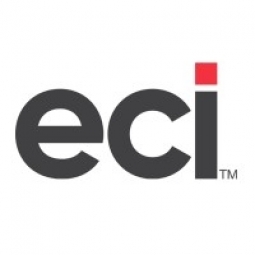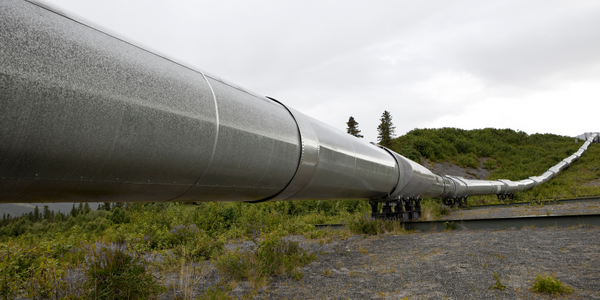Gaining Valuable INSIGHT: How Kaymor Machining and Welding Uses E2 to Gain Valuable Business Insight

Customer Company Size
SME
Region
- America
Country
- Canada
Product
- E2 platform
Tech Stack
- Data Collection
- Inventory Management
- Quality Control
- Scheduling
Implementation Scale
- Enterprise-wide Deployment
Impact Metrics
- Cost Savings
- Productivity Improvements
Technology Category
- Functional Applications - Inventory Management Systems
- Functional Applications - Manufacturing Execution Systems (MES)
Applicable Industries
- Oil & Gas
Applicable Functions
- Discrete Manufacturing
- Procurement
Use Cases
- Inventory Management
- Manufacturing System Automation
Services
- System Integration
About The Customer
Kaymor Machining and Welding was founded in 2001 to serve the machining and welding needs of Alberta’s oil, gas, and forestry industries. When the shop opened, it had two employees. Today, Kaymor has a team of more than 40 people and the company serves a wide range of customers both in its facility and on customer worksites. The company was managing their entire operation manually, tracking inventory, scheduling, materials, and estimating with handwritten notes. They suspected that they were losing efficiency and profits because of their system.
The Challenge
Kaymor Machining and Welding, a company serving the machining and welding needs of Alberta’s oil, gas, and forestry industries, was managing their entire operation manually. Inventory, scheduling, materials, estimating - it was all tracked with handwritten notes. The company suspected that they were losing efficiency and profits because of their system. They realized that a change was needed. They began the process of looking for shop software and narrowed their search to Shoptech’s E2 platform.
The Solution
Kaymor chose Shoptech’s E2 platform as their shop software. The software was chosen because it seemed like it was made for a smaller, custom shop like Kaymor. The ease-of-use of the software was also a factor in the decision. Kaymor now uses E2 to manage a wide variety of shop functions, including costing, inventory management, quality control, scheduling, and data collection. E2’s data collection capabilities have helped Kaymor understand problems that they previously didn’t know they had. For example, they realized that their quoting wasn’t as accurate as they had thought. Although they hadn’t planned on using E2 for quoting and estimating, Kaymor decided to do so.
Operational Impact

Case Study missing?
Start adding your own!
Register with your work email and create a new case study profile for your business.
Related Case Studies.

Case Study
Taking Oil and Gas Exploration to the Next Level
DownUnder GeoSolutions (DUG) wanted to increase computing performance by 5 to 10 times to improve seismic processing. The solution must build on current architecture software investments without sacrificing existing software and scale computing without scaling IT infrastructure costs.

Case Study
Remote Wellhead Monitoring
Each wellhead was equipped with various sensors and meters that needed to be monitored and controlled from a central HMI, often miles away from the assets in the field. Redundant solar and wind generators were installed at each wellhead to support the electrical needs of the pumpstations, temperature meters, cameras, and cellular modules. In addition to asset management and remote control capabilities, data logging for remote surveillance and alarm notifications was a key demand from the customer. Terra Ferma’s solution needed to be power efficient, reliable, and capable of supporting high-bandwidth data-feeds. They needed a multi-link cellular connection to a central server that sustained reliable and redundant monitoring and control of flow meters, temperature sensors, power supply, and event-logging; including video and image files. This open-standard network needed to interface with the existing SCADA and proprietary network management software.

Case Study
Refinery Saves Over $700,000 with Smart Wireless
One of the largest petroleum refineries in the world is equipped to refine various types of crude oil and manufacture various grades of fuel from motor gasoline to Aviation Turbine Fuel. Due to wear and tear, eight hydrogen valves in each refinery were leaking, and each cost $1800 per ton of hydrogen vented. The plant also had leakage on nearly 30 flare control hydrocarbon valves. The refinery wanted a continuous, online monitoring system that could catch leaks early, minimize hydrogen and hydrocarbon production losses, and improve safety for maintenance.









